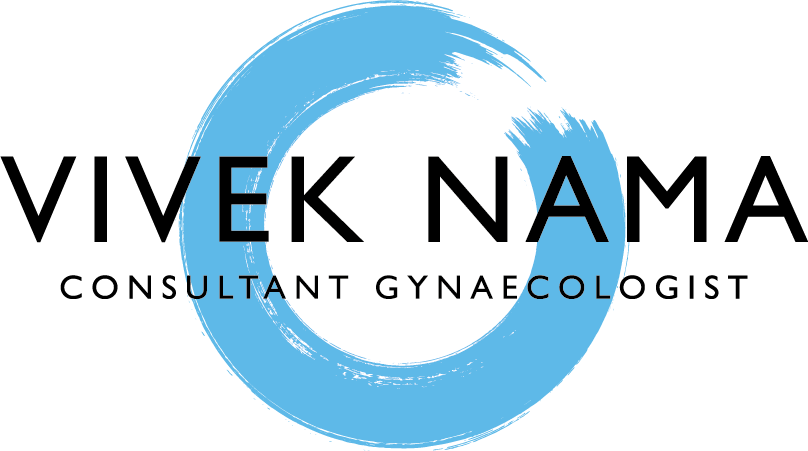What is Mona Lisa Touch?
Laser Vaginal Rejuvenation is a simple treatment that utilises laser to create micro holes in the vaginal skin. This encourages the skin to heal with new blood vessel formation and collagen deposition that rejuvenates the vagina.
FAQ’s
Is it a Cosmetic procedure?
In my view it is mislabelled as a cosmetic procedure. Vagina is a potential cavity and not a cavity that can be seen unless created. The treatment is to make the vagina function better and not to look better.
What is it used for?
It is used for various conditions like vaginal laxity, atrophy (dry vagina), urinary incontinence, poor lubrication or pain during intercourse and vaginal itching secondary to dry vagina.
How does it work?
It works by creating micro injury in the vaginal skin. The resultant repair mechanism release proteins that make the vaginal skin have more vessels and deposit good collagen that makes the vagina tighter.
Is this Mona Lisa touch treatment new?
No, Mona Lisa Touch is not a new treatment and has carried out been since the Egyptian times. In olden days they used to insert a hot rock to create heat damage to tighten the vagina. However, this could not have been controlled. With laser the outcome can be highly controlled. Lasers have been used for decades on the face for acne, scarring and removal of moles.
What do I need to do before treatment?
You will be asked to kindly fill up a sexual dysfunction questionnaire and urinary incontinence questionnaire. We request you to clip your pubic hair to aid in treatment to the outside of the vulva.
How will I feel during the treatment?
During insertion of the probe, you might feel a slight discomfort. For the vaginal treatment, you will only feel a tingly sensation. You may hear a slight noise when the treatment is being performed. When treating the vulva most patients describe a mild discomfort. Most patients tolerate the treatment very well even without numbing cream. On a score of 1 to 10 where 1 is no pain and 10 is severe pain, most patients score the treatment as ‘2’.
What is the down time?
Most patients report slight discomfort at the entrance to the vagina after treatment. Minor spotting or watery vaginal discharge is very common for 2-3 days after treatment.
How many treatments will I need?
Three treatments spaced 6-8 weeks apart is the best protocol and much studied. It can be delayed but best not done sooner than 6 weeks as the healing from the previous treatment is still on going. Most patients will need an yearly maintenance treatment.
How long does the total treatment last?
Including consultation, consent and treatment it is less than 30 mins.
What do I need to do after treatment?
Refrain from sexual activity for 7 days after treatment. You can apply some Vaseline on the outside if necessary but best is to wear loose clothing Use shower only for 48 hours and avoid using any soap on the treated area. You may feel that the skin is red and itching for a day or two.
If you can cleanse the area 2-3 times a day with a shower head that would prevent any infection.
5 things to remember about treatment:
1) Office procedure
2) No pain relief necessary
3) Minimal side effects
4) No down time
5) Scientifically proven
Will it enhance my sexual function?
The FDA did not licence Fractional Laser for improvement of sexual function and only licensed it for creating heat related damage to the skin. Studies done after the licence have shown an improvement in sexual function. Sexual function is a combination of complex components. Laser vaginal rejuvenation may help certain components of sexual function. Please discuss this with your doctor if this is the main reason for your treatment.
Are there any reasons you will decline my treatment?
If you have a severe prolapse or have had a mesh repair for prolapse this treatment is not licensed. However, we have treated some patients and there has been no harm. If you have had radiotherapy, pregnant or have had a baby less than 3 months ago, this treatment is not for you as the tissues are very fragile. Can it be combined with other treatments?
It can be combined with PRP treatment to the vagina and your doctor can discuss this with you further.
